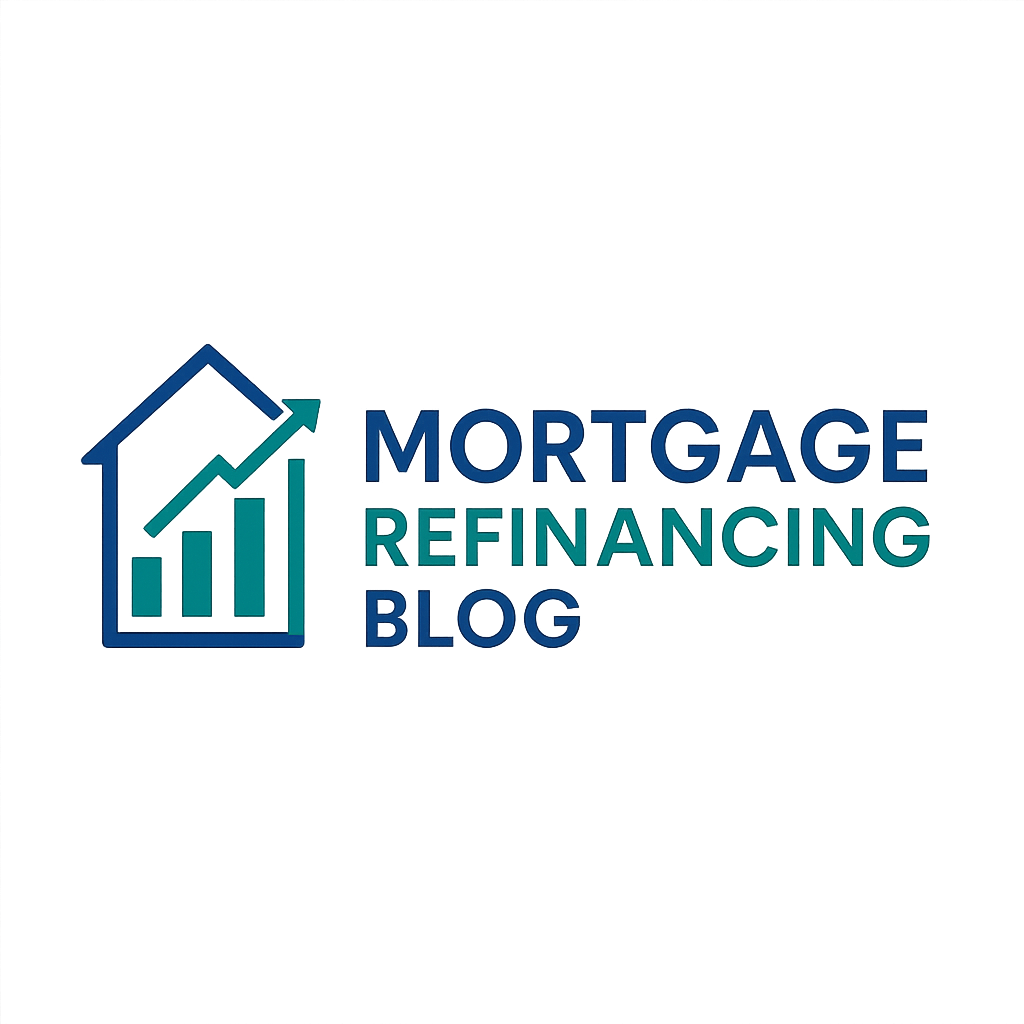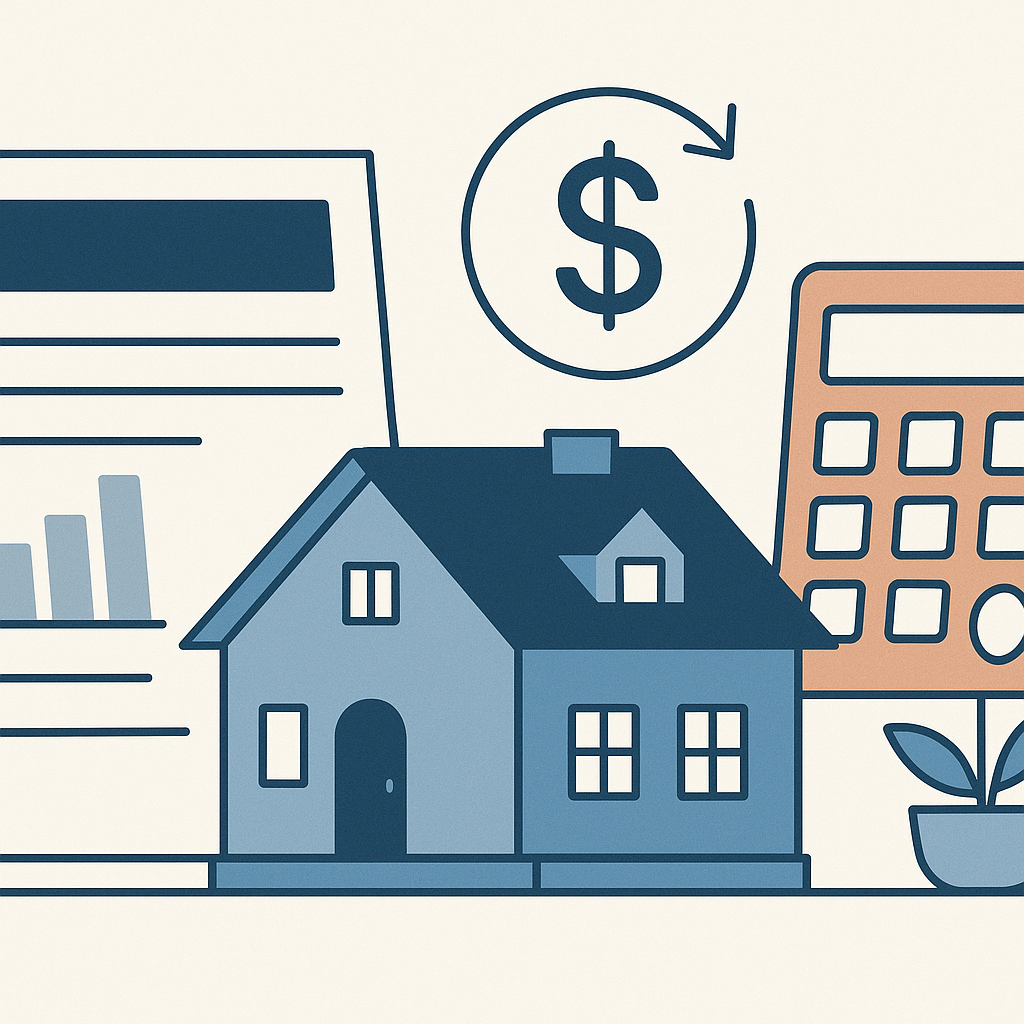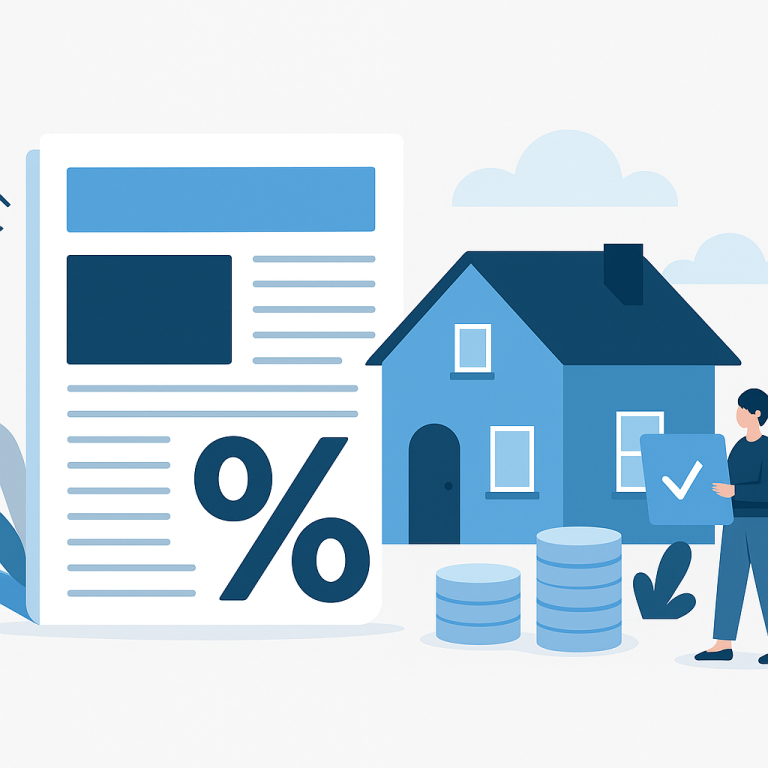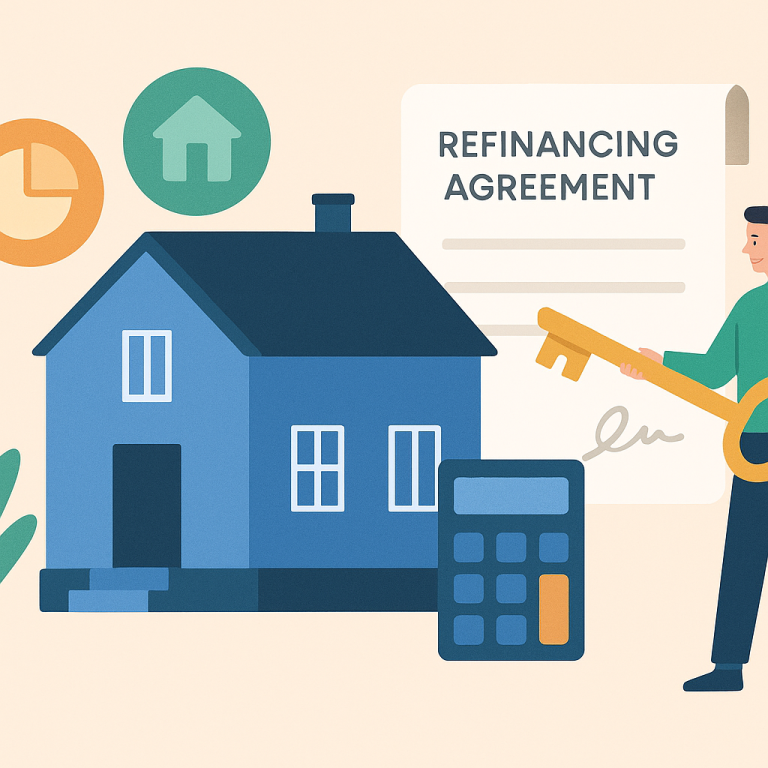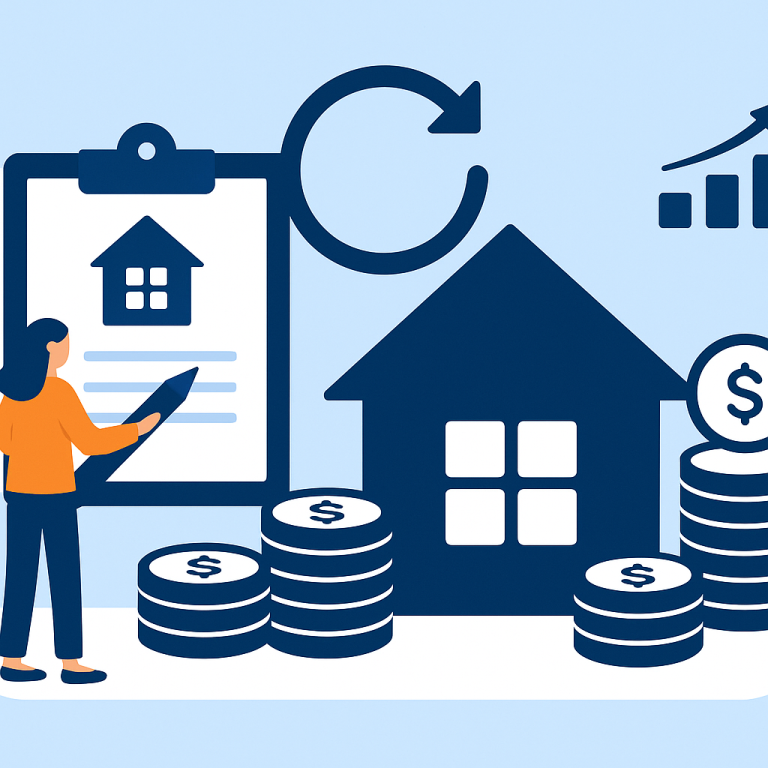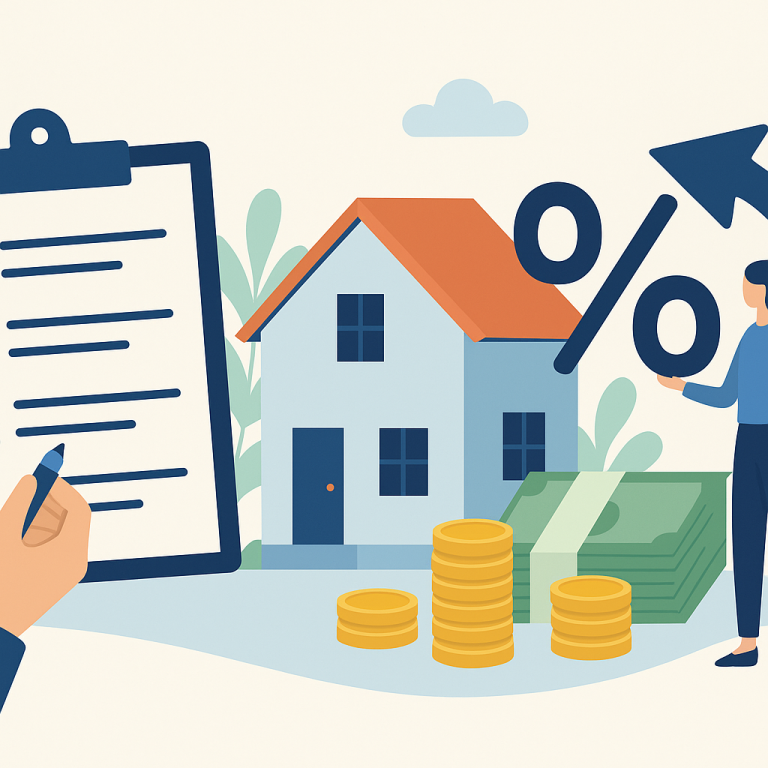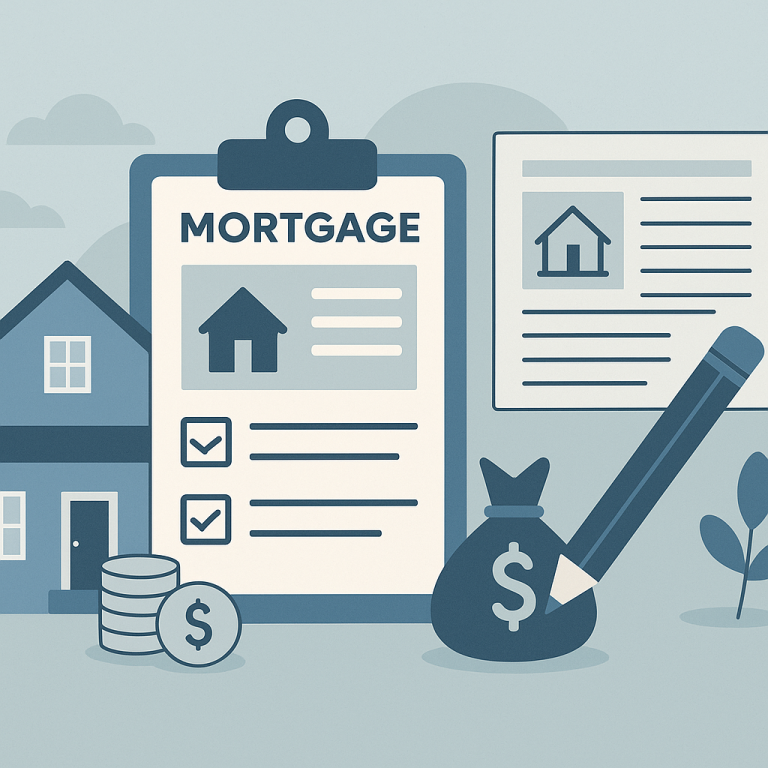Refinance Demand Drops 18% As Average 30-Year Rate Climbs Above 6%
At a glance: The latest mortgage rate drop and how it could affect refinancing decisions.
Mortgage rates have moved lower. That can improve affordability and may reopen refinance options for borrowers whose current rate is above today’s quotes.
What the Rate Drop Means for Borrowers
Mortgage rates have eased after an extended period of volatility, reopening refinancing opportunities for many homeowners. The shift is not uniform across all loan types or borrower profiles, but the broader trend gives owners a chance to reassess whether refinancing can reduce monthly payments, shorten their term, or unlock home equity under more favorable terms.
For those who have postponed refinancing during higher-rate months, the current environment calls for a focused evaluation. Refinancing always involves trade-offs: up-front closing costs, the impact on the loan term, and how long the borrower expects to stay in the home all affect whether a refinance makes financial sense. Homeowners who approach the decision systematically can identify when a refinance would provide meaningful savings or strategic benefit.
Key considerations before refinancing
- Break-even horizon: Calculate how long it will take to recover closing costs through monthly savings. If you plan to move before reaching that break-even point, refinancing may not be advantageous.
- Equity and loan-to-value (LTV): Sufficient equity improves access to lower rates and better programs. Low equity can limit options or increase costs through mortgage insurance requirements.
- Credit profile: Improved credit since the original loan can yield better pricing. Conversely, declines in credit standing may offset the benefit of lower market rates.
- Loan type and term: Converting from an adjustable-rate mortgage to a fixed-rate loan can provide payment stability. Shortening the term can save interest but raise monthly payments, so balance goals and cash flow.
- Costs beyond rate: Origination fees, appraisal and title charges, and potential prepayment penalties should be included in the comparison.
Beyond rate reduction, homeowners may consider cash-out refinancing to consolidate higher-interest debt or fund home improvements. This option increases the mortgage balance and resets the mortgage term, so its long-term effects on interest paid and equity should be weighed carefully.
Practical steps to take now
- Obtain current loan estimates from multiple lenders to compare total costs and monthly payments, not just headline rates.
- Run a break-even calculation that includes closing costs and any changes in term length.
- Assess your planned time in the home—short stays favor refinancing only if the payback is quick.
- Review credit reports and address any errors or outstanding issues that could affect pricing.
- Consider locking a rate if you decide to proceed, balancing lock length and potential market movement.
Market conditions can change, so acting with both timeliness and due diligence is important. Homeowners who combine a clear financial objective with careful comparison shopping and attention to fees are best positioned to make a refinance decision that improves their financial situation rather than simply chasing a lower headline rate.
As options expand with easing rates, the most valuable outcome is aligning any refinance with longer-term goals: lower monthly costs, reduced interest expense over the loan life, or access to capital for productive use.
META: refinance, mortgage rates, home equity, homeowner takeaways, personal finance
